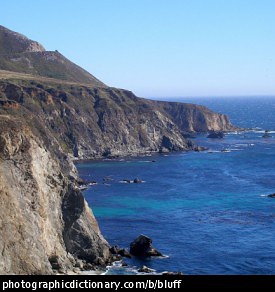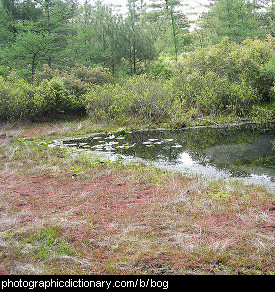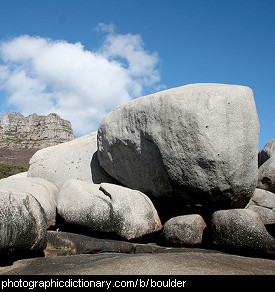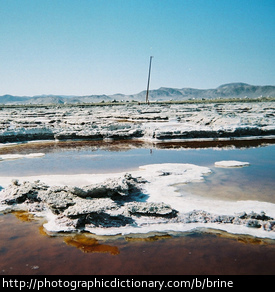A beach is the sandy edge of the sea or a lake. A beach is sometimes called the shore. People like to go down to the beach and sit in the sun, make sandcastles or go swimming.
A canyon is a large, deep path that has been cut through the landscape by a watercourse like a river over many years.
A cave is a hole in the side of a hill or mountain that is big enough for people or animals to get inside. Many animals, like bears and bats live in caves.
Limestone caves are often full of stalactites and stalagmites.














